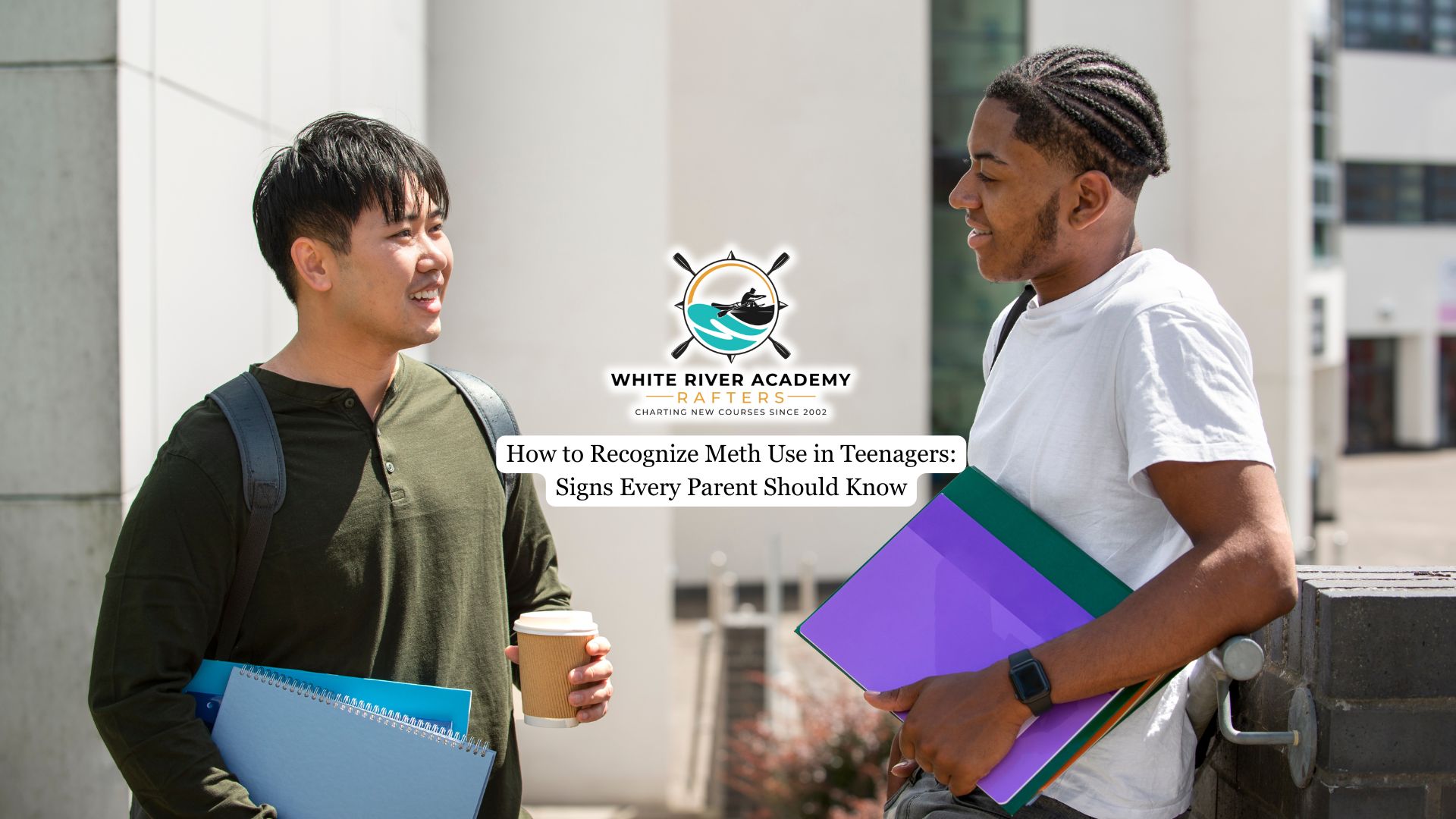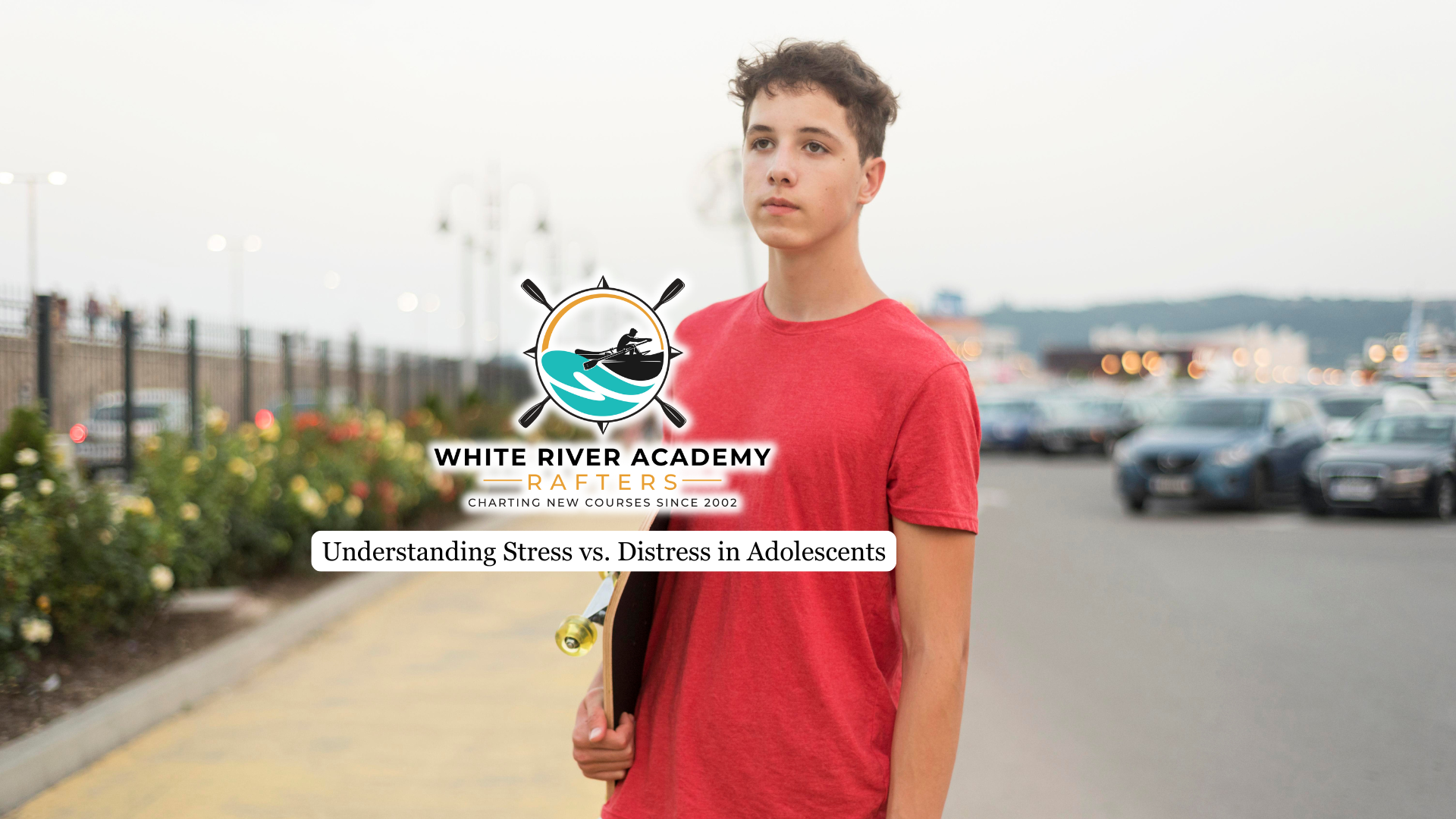Adolescent depression and substance use are significant public health concerns that frequently intersect, compounding risks and complicating recovery. Globally, mental health conditions account for 15% of the disease burden among adolescents, with depression and anxiety among the leading causes of illness and disability in this age group.
This article explores how adolescent depression and substance use are closely connected—and what are the support and intervention strategies needed to help your son overcome these challenges to build a healthier future.
Understanding Adolescent Depression
Depression is a common mental health disorder in adolescence as approximately 14.7% of U.S. adolescents aged 12 to 17 experienced at least one major depressive episode with severe impairment in 2021.
Rates are notably higher among females than males, and the consequences of untreated depression can be profound, including impaired academic performance, social withdrawal, increased risk-taking behaviors, and elevated suicide risk.
Globally, suicide is the third leading cause of death among those aged 15–29 years.
Symptoms of adolescent depression often include persistent sadness, irritability, loss of interest in activities, changes in appetite or sleep, low self-esteem, difficulty concentrating, and frequent thoughts of death or suicide. Risk factors for depression in teens include family history, exposure to trauma or violence, low self-esteem, bullying, and chronic physical illness.
If your teen boy is showing signs of depression or turning to substances to cope, reach out to White River Academy today for a more personalized substance addiction treatment for adolescents in Utah—because early intervention can change everything.
The Relationship Between Depression and Substance Use in Adolescents
Substance use is both a risk factor for and a consequence of adolescent depression. There is a strong association between depressive symptoms and substance use, with co-occurrence rates ranging from 16% to 30% among adolescents.
Adolescents with depression are more likely to use substances such as alcohol and marijuana, often as a form of self-medication to alleviate emotional distress. Teenagers who screened positive for depression also reported problematic substance use, and those with both conditions exhibited higher levels of depression severity, impulsivity, and suicidal thoughts.
The presence of both depression and substance use, known as dual diagnosis or co-occurring disorders, is associated with more severe outcomes, including increased risk for suicide, poorer academic achievement, and greater likelihood of persistent mental health issues into adulthood.
How Depression and Substance Use Interact
The interaction between depression and drug use in teens is complex and bidirectional. Depressed adolescents may use substances to temporarily relieve negative emotions, but substance use can worsen depressive symptoms over time and increase the risk of developing substance use disorders. This cycle of self-medication and worsening mental health can lead to higher rates of risky behaviors, social isolation, and academic difficulties.
While female adolescents are at higher risk for depression and more severe co-occurring symptoms, adolescent boys are also significantly affected—often in ways that go unrecognized. Depression in boys may present as irritability, anger, or risk-taking behaviors, which can increase the likelihood of early substance use. When left unaddressed, these patterns can lead to long-term mental health and addiction challenges into adulthood.

Identifying Warning Signs and Risk Factors
Recognizing warning signs and risk factors is critical for early intervention. Signs of depression may include persistent sadness, irritability, withdrawal from friends and family, changes in sleep or appetite, and declining academic performance.
Substance use warning signs include sudden changes in behavior, secretiveness, loss of interest in previously enjoyed activities, and physical symptoms such as unexplained fatigue or frequent illness.
Risk factors for developing depression and substance use disorders include:
- Family history of mental health or substance use disorders
- Exposure to trauma, violence, or chronic stress
- Low socioeconomic status
- Early exposure to substances
- Co-occurring behavioral disorders (e.g., ADHD, conduct disorder)
- Social isolation and poor peer relationships
Support and Intervention Strategies
Universal screening for depression and substance use in primary care and school settings is recommended to identify at-risk youth early. Evidence-based interventions include cognitive-behavioral therapy (CBT), family therapy, and motivational interviewing, which address both mood symptoms and substance use behaviors.
Supportive strategies include fostering strong family and peer relationships, promoting healthy coping mechanisms (such as exercise, creative activities, and journaling), and providing education on the risks of substance use. Access to mental health care and substance use treatment should be prioritized, and stigma reduction efforts are essential to encourage help-seeking.
Final Thoughts from White River Academy
Addressing adolescent depression and substance use is crucial for effective recovery. By understanding the interplay between these issues, you can better recognize warning signs and risk factors in yourself or your adolescent boy.
At White River Academy, we understand how closely your son’s depression and substance use are connected—and how important it is to address both for lasting healing. Through a combination of individualized substance addiction treatment, evidence-based therapies, holistic approaches, and family involvement, we provide adolescent boys with the support and tools they need to build a healthier, more hopeful future.




